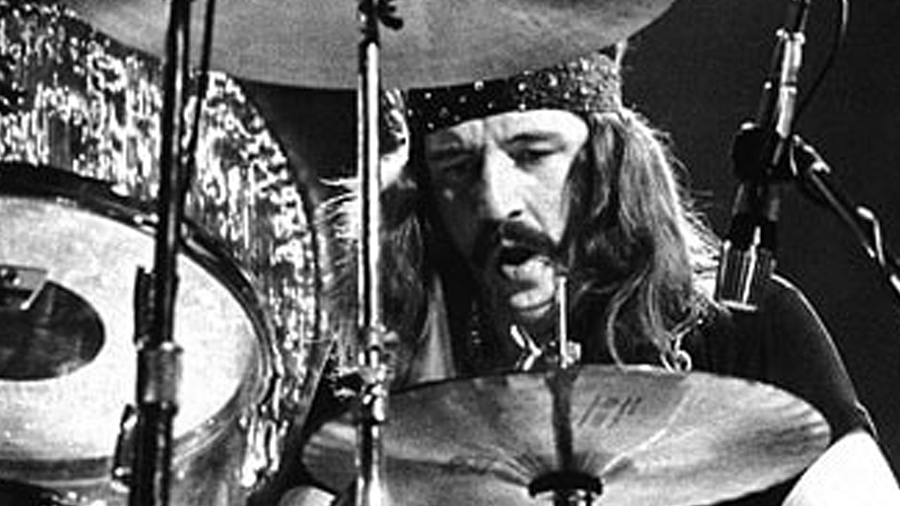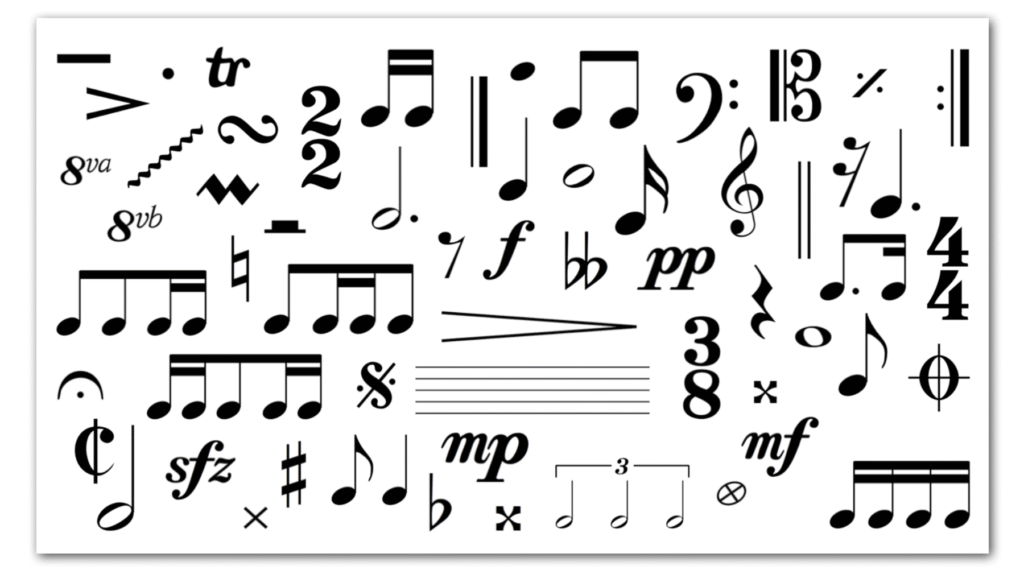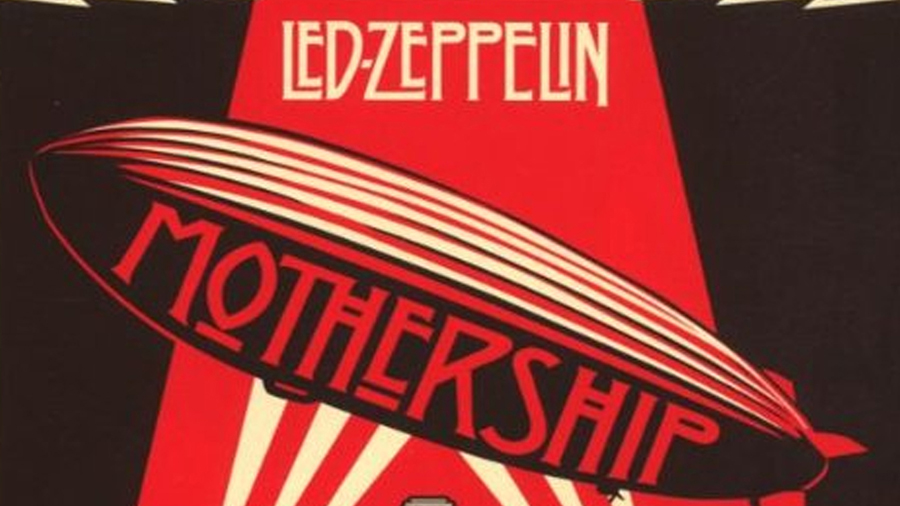John Bonham Drummer Genius of Rock
John Bonham drummer for Led Zeppelin, revolutionized rock drumming with unmatched power, creativity, and groove. His style continues to influence generations of drummers even though John sadly died when he was only 32.
Not only did John Bonham have monster ‘Chops’ and ‘Fills’ as displayed in his classic solo “Moby Dick” below but he played with incredible ‘feel’.
Born in Redditch, England in 1948, Bonham picked up drums at a young age. By the time he joined Led Zeppelin in 1968, his unique approach to rhythm and dynamics had already set him apart. Bonham wasn’t just a timekeeper—he was the engine behind the band’s explosive sound.
NAME: John Bonham
BAND: Led Zeppelin
DRUM BRAND: Ludwig
FUN FACT: Sometimes played the drums with his hands
Why Bonham Still Matters
Bonham’s drumming was both primal and precise. He had a gift for making complex rhythms feel natural. John made simple grooves sound huge. He also brought a deep sense of swing to hard rock, something few drummers could do.
Unlike many rock drummers of his era, Bonham fused musical sensitivity with raw power. His grooves were always musical, never overplayed. He knew when to play hard and when to hold back. That balance defined his sound.
Signature Style and Sound
John Bonham’s style combined hard-hitting technique with a jazz-like feel. His footwork was especially revolutionary. His famous bass drum triplets, played with a single pedal, stunned even the most seasoned drummers.
Bonham favored Ludwig drums and often used large sized drums, especially his iconic 26-inch bass drum. He tuned his drums low to create that deep, thunderous tone he became known for. Cymbals rang out brightly while snares cracked with authority.
Despite the loudness, Bonham never sacrificed clarity. You can hear every note, every ghost stroke, and every accent. That clarity made even his heaviest playing sound clean and tight.
Famous Drum Performances
One cannot talk about Bonham without mentioning “When the Levee Breaks.” That groove is legendary. The thunderous drums echo through the track, establishing one of the most sampled beats in history.
Another masterpiece is “Good Times Bad Times.” On that track, Bonham uses fast bass drum triplets, showing off his unmatched foot technique. “Moby Dick,” his famous drum solo, also deserves recognition. He plays with hands only for several minutes—something very few drummers even attempt.
In “Kashmir,” Bonham plays a syncopated rhythm that grooves with orchestral strings and guitar. The beat is hypnotic, proof of his creativity. He also shines in “Black Dog,” where he navigates tricky time signatures without missing a beat.
Influence on Modern Drummers
Bonham’s influence is everywhere. Drummers like Dave Grohl, Chad Smith, and Jason Bonham (his son) all cite him as a key inspiration. His beats have been sampled by hip-hop producers, studied in drum schools, and covered by tribute bands globally.
Even in genres beyond rock, Bonham’s touch can be felt. Jazz drummers respect his feel. Metal drummers admire his power. Funk players admire his groove. He truly transcended genre labels.
Groove Over Speed
Bonham focused on groove, not just speed or flash. He understood that drumming is about feel. His fills were tasteful. His use of space was deliberate. Every beat served the song.
Many drummers chase speed and complexity. Bonham reminds us that playing musically is more important than playing fast. That’s a lesson worth remembering, especially for beginners.
Tips to Play Like Bonham
If you want to emulate John Bonham, start by working on your timing. Use a metronome and focus on solid, steady grooves. Practice bass drum control, especially triplets.
Listen carefully to his recordings. Focus on his dynamics—notice how he uses volume and touch to shape the music. Try to play “The Immigrant Song” and match his feel. It’s harder than it sounds.
Most importantly, learn to listen. Bonham always listened to the music around him. That allowed him to play the right part at the right time. Emulating that mindset will improve your drumming more than any single technique.
The Legacy of John Bonham Drummer Extraordinaire
John Bonham passed away in 1980, but his music lives on. His work with Led Zeppelin remains a gold standard for rock drumming. New generations discover his playing every year, and his grooves continue to inspire.
His legacy reminds us that drums are not just about keeping time—they’re about creating emotion. Bonham’s drumming did just that. He made people feel something, and that’s the mark of a true artist.
Whether you’re new to drumming or an experienced player, studying John Bonham will deepen your understanding of rhythm, power, and groove. His music continues to teach and inspire, just as it has for decades.













